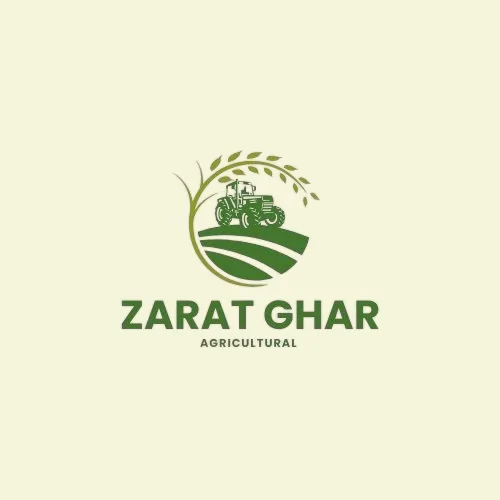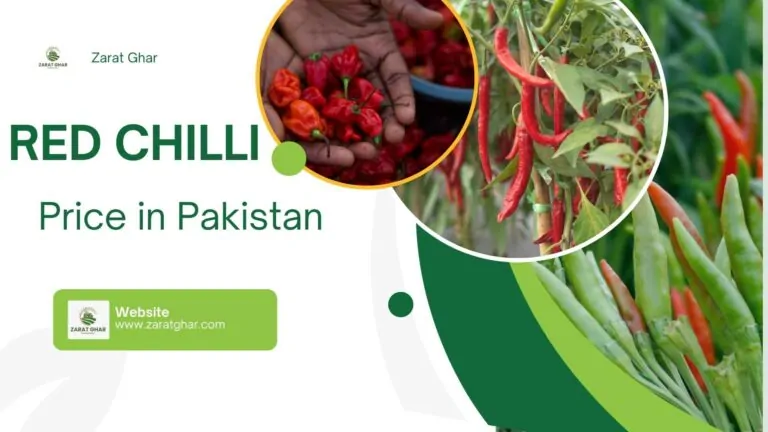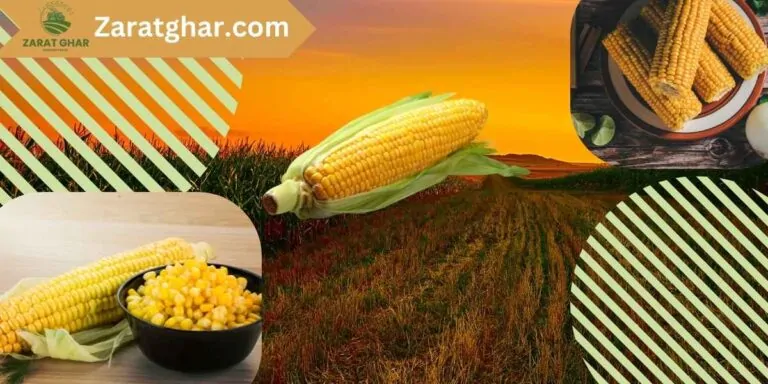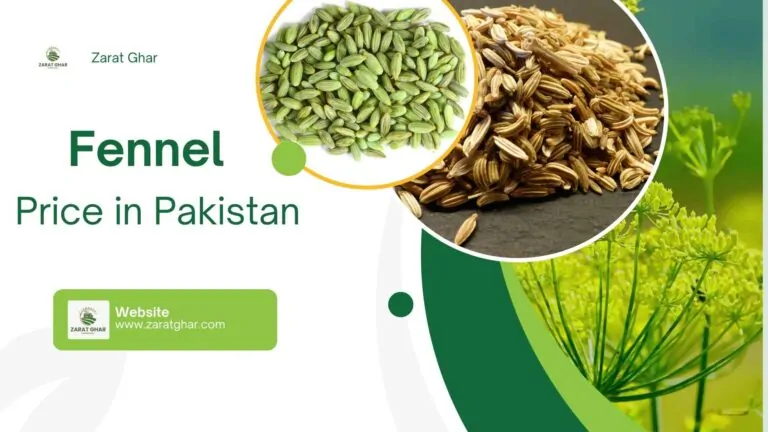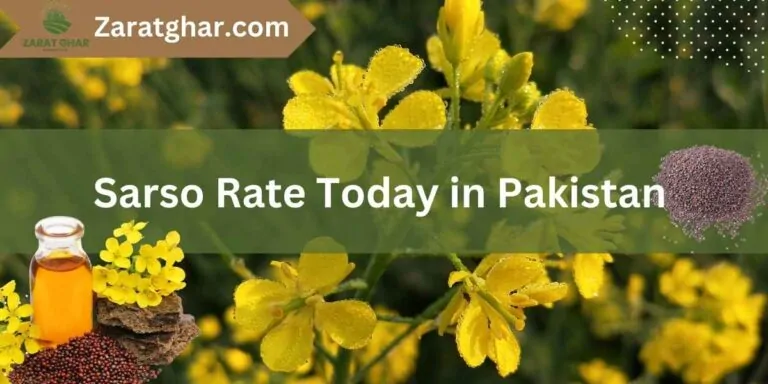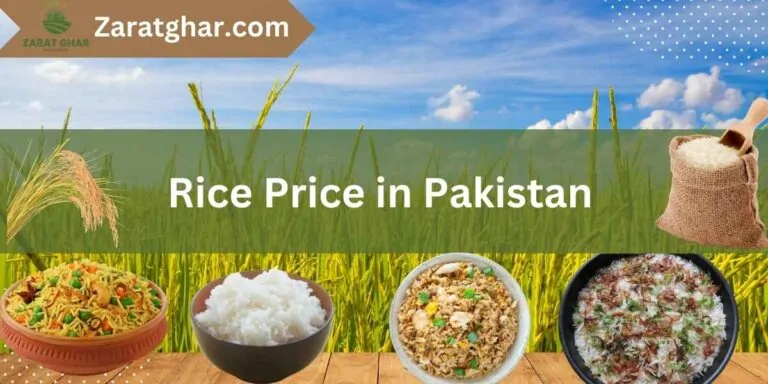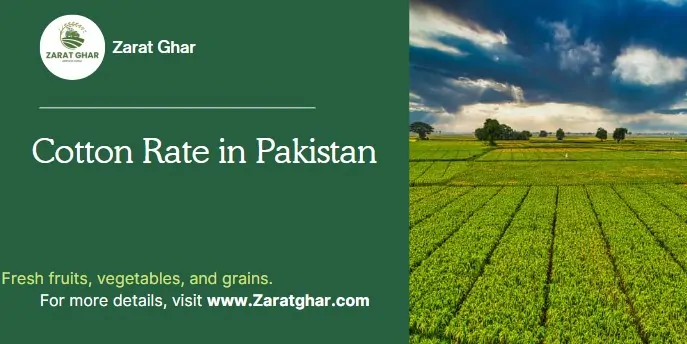Lentil Price in Pakistan | December 2025
As of 2025, the dal price in Pakistan ranges from Rs. 190 to Rs. 320 per kg, depending on the type of lentil, quality, and regional market dynamics. Whether you’re buying chana dal, masoor dal, moong dal, or urad dal in Pakistan, understanding market trends can help you get the best value.
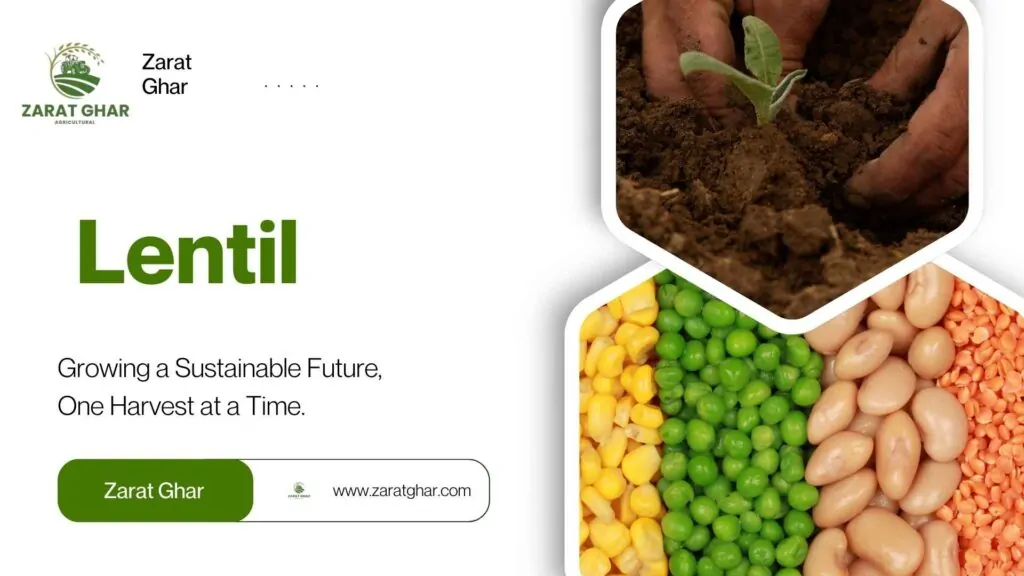
In Pakistan, lentils—commonly referred to as daal—constitute a dietary foundation for millions. Varieties such as dal mash, moong dal, chana dal, and masoor dal appear regularly on household tables, supplying substantial protein at a low cost. Yet, similar to other crops, their market prices are subject to oscillation. Determining prices hinges on the timing of the harvest, climatic variables during the growing period, and national supply–demand dynamics. This article reviews the lentil price trends forecast for 2025, outlines the lentil growing calendar in Pakistan, and examines the primary determinants of price volatility.
Lentil Price of Major Pakistani Cities (2025)
| City | Masoor Dal (Red Lentils) | Chana Dal (Split Chickpeas) | Moong Dal (Green Gram) | Urad Dal (Black Gram) |
| Karachi | PKR 260–300/kg | PKR 240–280/kg | PKR 210–250/kg | PKR 160–200/kg |
| Lahore | PKR 275–320/kg | PKR 250–290/kg | PKR 230–270/kg | PKR 170–210/kg |
| Islamabad | PKR 265–310/kg | PKR 245–285/kg | PKR 220–260/kg | PKR 165–205/kg |
| Faisalabad | PKR 255–295/kg | PKR 235–275/kg | PKR 215–255/kg | PKR 155–195/kg |
| Multan | PKR 250–290/kg | PKR 230–270/kg | PKR 210–250/kg | PKR 150–190/kg |
| Peshawar | PKR 245–285/kg | PKR 225–265/kg | PKR 205–245/kg | PKR 145–185/kg |
| Quetta | PKR 235–275/kg | PKR 215–255/kg | PKR 195–235/kg | PKR 135–175/kg |
Note: Prices are approximate and may vary based on local markets and availability.
The Importance of Lentils in Pakistan’s Diet
For centuries, lentils have woven themselves into the fabric of Pakistani kitchens. Steaming bowls of daal fry, daal chawal, and masoor daal appear almost nightly, offering comfort and nourishment. Packed with protein, fiber, and a spectrum of micronutrients, lentils provide essential sustenance, especially for those who follow a vegetarian diet. Yet for many, they carry a weight that goes beyond nutrition; they are an emblem of cultural memory, staples of festivals and everyday meals alike.
Across the country’s fields, growers cultivate an array of lentils: the delicate green of moong dal, the warm red of masoor, hearty chana dal, and the midnight-black urad, alongside creamy daal mash. Each pulse, with its unique color and texture, lends itself to different preparations: a bright moong khichdi for a quick lunch, a spiced masoor for the evening meal. Regionally, kala chana and its cousins, whether whole, split, or ground, find their place according to local palate and practice, underscoring the intimate link between soil, seed, and stove.
Pakistani Dal Names in Urdu & Their Prices in 2025
| Dal Name (English) | Dal Name in Urdu | Average Price (PKR/kg) |
|---|---|---|
| Masoor Dal | دال مسور | 240–290 |
| Chana Dal | چنے کی دال | 240–280 |
| Moong Dal | دال مونگ | 210–250 |
| Urad Dal (Black Gram) | دال ماش | 260–300 |
| Kala Chana | کالا چنا | 250–280 |
| Gram Lentils | دال چنا | 190–230 |
You might notice that lentils cost different amounts depending on which city you’re in. How many the store has on hand can really change the price, too.
Factors Influencing Dal Price in Pakistan
1. Seasonal Changes & Harvest Timings
Lentils are planted in the Rabi season (November–April). Weather issues or crop failure can spike prices. A bumper harvest usually brings rates down.
2. Supply Chain Disruptions
Import delays, transportation issues, or port slowdowns can raise costs, especially for imported lentils like urad dal or toor dal in Pakistan.
3. Local & Global Demand
Events like Ramadan, Eid, or weddings increase dal demand, affecting daal price in Pakistan today.
4. Government Tariffs & Policies
Import duties on pulses reduce competition, which can drive up local dal prices.

Lentil Growing Season in Pakistan
Lentils thrive in dry, cool conditions from November to April, primarily in Punjab, KPK, and Balochistan. Farmers prefer them for being drought-resistant and nitrogen-fixing, which improves soil quality and reduces fertilizer use.
How to Buy Lentils Online in Pakistan
With growing internet usage, buying pulses is easier than ever:
- Visit platforms like Daraz, HumMart, or Metro Online.
- Compare prices, packaging sizes, and customer reviews.
- Look out for discounts and bundle deals.
This is a great option for checking the latest dal price in Pakistan without leaving your home.
Conclusion
Whether you’re a home cook or a wholesale buyer, staying informed about lentil rates in Pakistan can save you money. From chana dal price in Pakistan to urad dal name in Pakistan, knowing what’s in demand, the best buying time, and how global factors influence local markets can help you make smart purchasing decisions. Despite market fluctuations, lentils remain a nutritious, budget-friendly food source for millions.
See Also;
